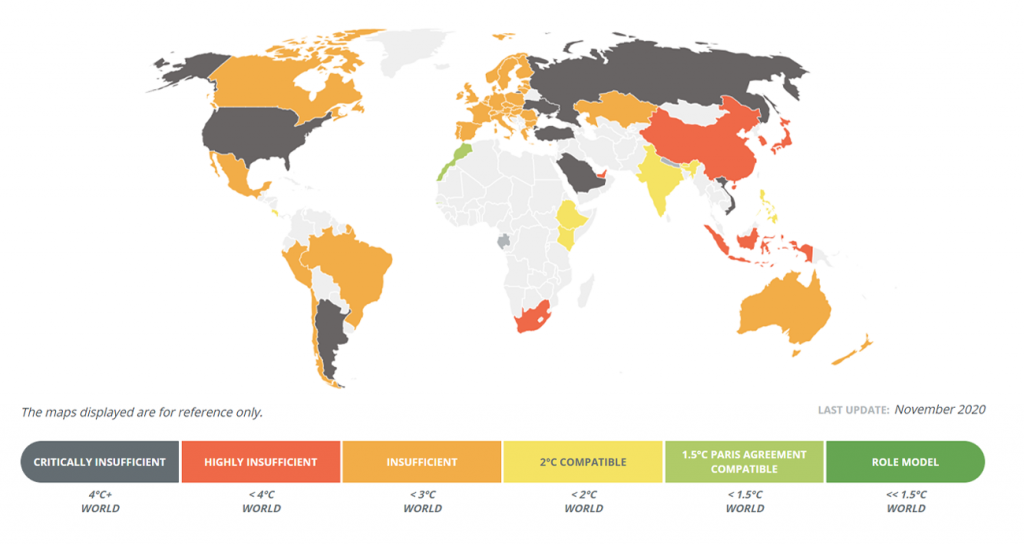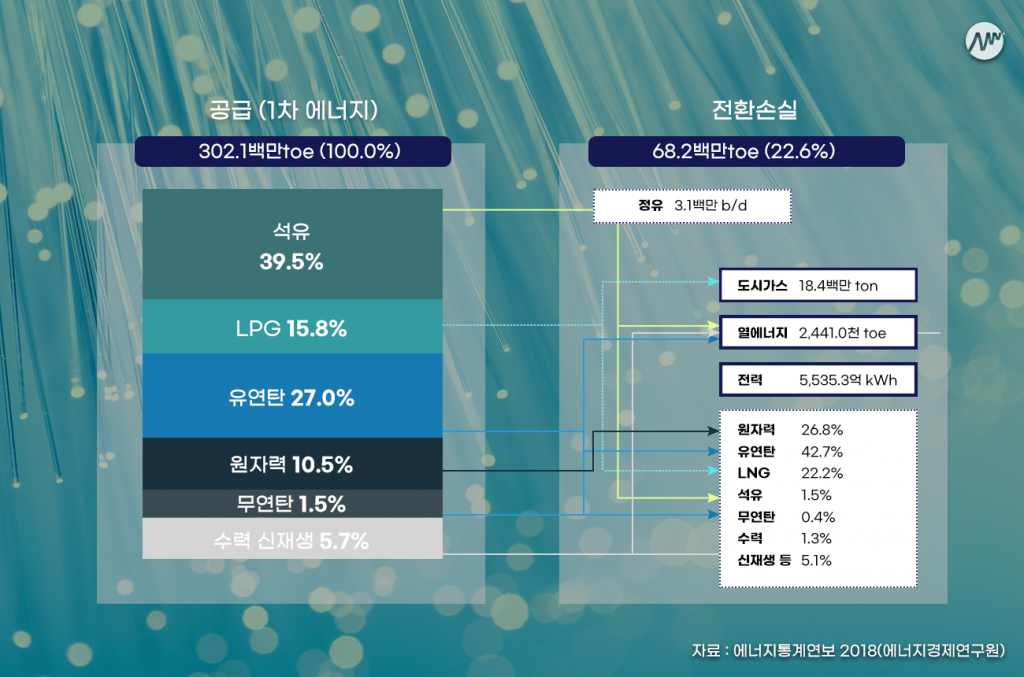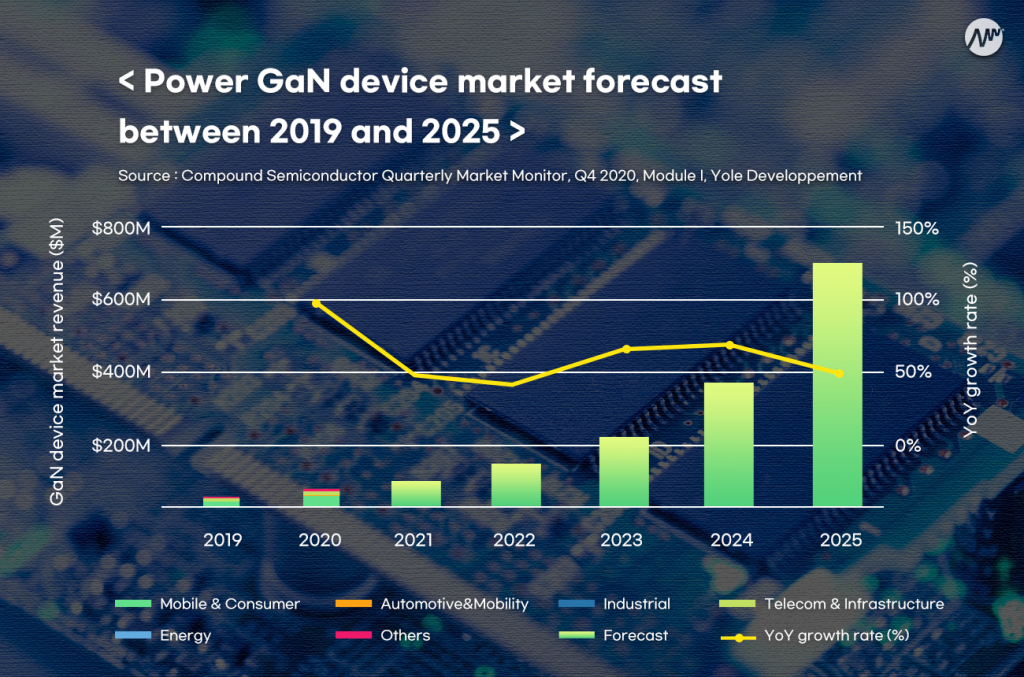news
What are the alternative solutions of the semiconductor industry in the new era of “mandatory environment”?
Owing to the increased perception and social standards towards the environment, being environment-friendly is no longer just an option. Hence, various industries are seeking solutions to minimize environmental pollution. The Coca-Cola Korea company is the first to launch label-free products in the drink industry by inducing easy disposal of bottles and increasing recycling efficiency, and producing high-quality resources. In April 2021, Starbucks Coffee Korea announced a mid-to-long-term strategic project to achieve 0% usage of disposable cups by 2025. Furthermore, the company announced the development of plant-based substitutes that do not generate methane and reduce carbon emissions by 30%. Moreover, individuals are producing wills and putting in efforts to spread awareness of the green survival movement. It is interesting to understand people’s passion behind creating such movements to reduce carbon emissions and promote zero waste. This generation, in particular, is affected by fine dust pollution and heat waves due to climate changes.

Since 2020, the world economy has abruptly changed its structure to adapt to low-carbon emission, due to which many industries are facing issues in eliminating fossil fuels and developing eco-friendly alternative fuels. While food and distribution industries are contributing by reducing greenhouse gas emissions, semiconductor industries are focusing on energy efficiency by improving power semiconductors and decreasing energy loss.
Using energy efficiently does not mean one has to shiver in a cold and dark place without light. Rather, it is about reducing the harmful influence on the environment and being economical by using less energy to obtain the same effects. Primary energy obtained from nature generates the final energy that is consumed by industries and households. However, based on the second law of thermodynamics, when energy is transformed from one form into another, the direction is restricted, and energy conversion loss occurs. Thermal energy generated during energy conversion induces thermal pollution in water and air resulting in increased temperatures, which ultimately causes changes in group movements of the ecosystem and damages the biodiversity by preventing the reproduction of species.

The majority of the energy conversion loss generated during power production is discarded in the final energy conversion step. According to the United States Department of Energy (DOE), nearly 30% of the energy generated worldwide is converted into electricity and is expected to increase to 80% by 2030. Experts have stated that relevant technology should be actively developed to reduce energy conversion loss and resolve the yearly recurring power shortage concerns.

The best way is to reduce the fundamental consumption of energy by developing devices that exhibit high energy efficiency. Power semiconductors are a core component for the efficient use of energy in electronic devices. When a device consumes electricity, the frequency changes considering the direct current converts to alternating current, or vice versa, and the voltage changes from power generation to consumption. During the conversion process, up to 50% power loss occurs. By introducing power semiconductors that control power loss, the power conversion efficiency of the device increases to approximately 70%, and energy consumption can be reduced. A low power conversion efficiency generates heat in a device resulting in malfunctions, and a cooler would be required to prevent significant damages such as decreased lifespan. Therefore, the power semiconductor technology with high power conversion efficiency is noteworthy for improving the lifespan of a system and reducing electricity waste.
The next-generation power semiconductors are gaining wide interest with the increasing awareness of environmental pollution worldwide. The next-generation and highly efficient power semiconductors use gallium nitride (GaN) or silicon carbide (SiC) to efficiently improve power conversion by up to 10% as compared to conventional silicon power semiconductors. Research on high-speed switching, power loss minimization, small-size chips, and thermal processing can help design eco-friendly and power-saving mobile device components, household appliances, renewable/alternative energy, and automobiles. Accordingly, research in recent years is focused on power semiconductor technology that has a high power-conversion efficiency. Conventional silicon-based power semiconductors have physical limitations including a relatively slow electron transfer speed, difficulty with being processed under 10 nm, and the diminishing nature of the semiconductor under a high-frequency that exceeds 2 GHz. Furthermore, wide-bandgap (WBG) semiconductors such as GaN or SiC are actively being researched in the United States, Europe, and Japan as alternatives.
The performance of devices can be improved by using next-generation compound semiconductors such as WBG semiconductors. The demand for systems with a high power density and efficient power conversion is constantly rising in modern industries where the WBG semiconductors have overcome the limitations of silicon-based power semiconductors, thereby allowing power conversion systems to exhibit higher power density and efficiency. GaN is commonly used in WBG semiconductors considering it can be miniaturized due to low on-state resistance and exhibits minimum switching loss and power consumption in devices. Furthermore, WBG semiconductors are capable of performing high-temperature and high-output activities even with a wide bandgap of 3.4 eV and have a significantly low thermal conductivity (1.3 W·K/cm) than silicon semiconductors (1.5 W·K/cm). However, despite these advantages, high-purity epitaxial growth was a challenge due to delayed commercialization. Particularly, the manufacturing technology used to develop GaN EPI wafers, which is the core material of GaN power semiconductor devices, is highly advanced and cannot be imitated easily. Hence, there are only a limited number of suppliers of GaN EPI wafers globally. Furthermore, large-scale investment costs, from epitaxial growth equipment to additional gas supply processing facility and high maintenance costs, are major factors that interfere with the price competitiveness against conventional silicon semiconductors.

IVWorks is the only company in Korea that has a production line for GaN EPI wafers and is renowned for securing both productivity and quality while using distinctive production technology. Considering the GaN EPI wafer developed at IVWorks comprises 40% of the total production cost of GaN power semiconductors, delivering high-quality and uniform EPI wafers becomes is essential and increases the cost competitiveness. Furthermore, considering the limited number of suppliers, mentioned above, IVWorks is highly recognized for developing high-quality products based on the distinguished predominance of technologies such as AI and household devices, as compared to competitors from other leading countries.
Considering the increasing costs of fuel, power semiconductors that directly affect the energy efficiency of devices are no longer an option. Moreover, given the advances in smart devices and e-mobility, minimal changes in the voltage are used to determine the stability and reliability of a system. In particular, WBG power semiconductors are suitable for developing eco-friendly automobiles in the future and expanding the transfer amount of the energy produced to the largest portion of greenhouse gas emissions around the globe. Therefore, securing renewable energy resources and eco-friendly vehicle industries have become the core feature of future industries, replacing fossil fuel-based energy consumption. There is a huge demand for the development of eco-friendly cars such as hybrid vehicles and hydrogen-fueled vehicles in the future to cope with the increasing fuel costs and environmental regulations. In turn, it implies the necessity of the electrification of high-efficiency automobiles or train tracks using e-mobility, or the importance of WBG power semiconductors.
With the mission of being a zero-carbon society, the semiconductor industry has introduced “next-generation power semiconductors, considering the power semiconductor technology will become more critical as energy crisis increases and environmental regulations are reinforced, in addition to the increasing importance of environmental load reduction across all industries, including production processing. The power semiconductor technology that will lead to green oceans and the development of high-efficiency, eco-friendly products should be followed competitively.
Yoon-Seo Cho l Marketing Assistant at IVWorks
※ 본 칼럼은 기고자의 주관적인 견해로, 아이브이웍스의 공식 입장과 다를 수 있습니다.
참고문헌
- 조선비즈, 현대硏“에너지 전환 손실 1% 줄이면 원전 1기 신설 효과”(2013.11.24.)
- KPA JOURNAL, 전환손실 줄여야 값싼 에너지 (2019년 가을호 vol.313)
- Journal of the Korean Crystal Growth and Crystal Technology (Vol.28, No.4 (2018) 159-165
- 중도일보, [사이언스칼럼] 고효율 전력반도체로 탄소저감 대응하자 (2021.03.04.)

